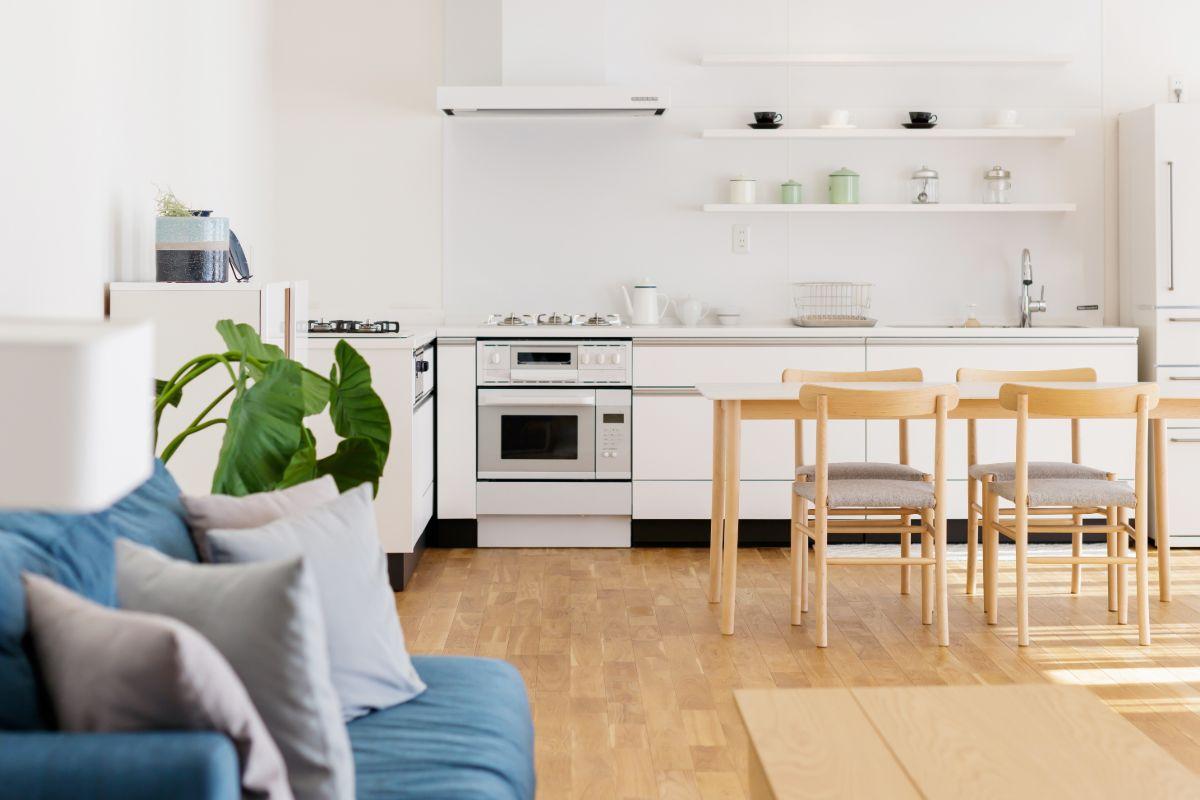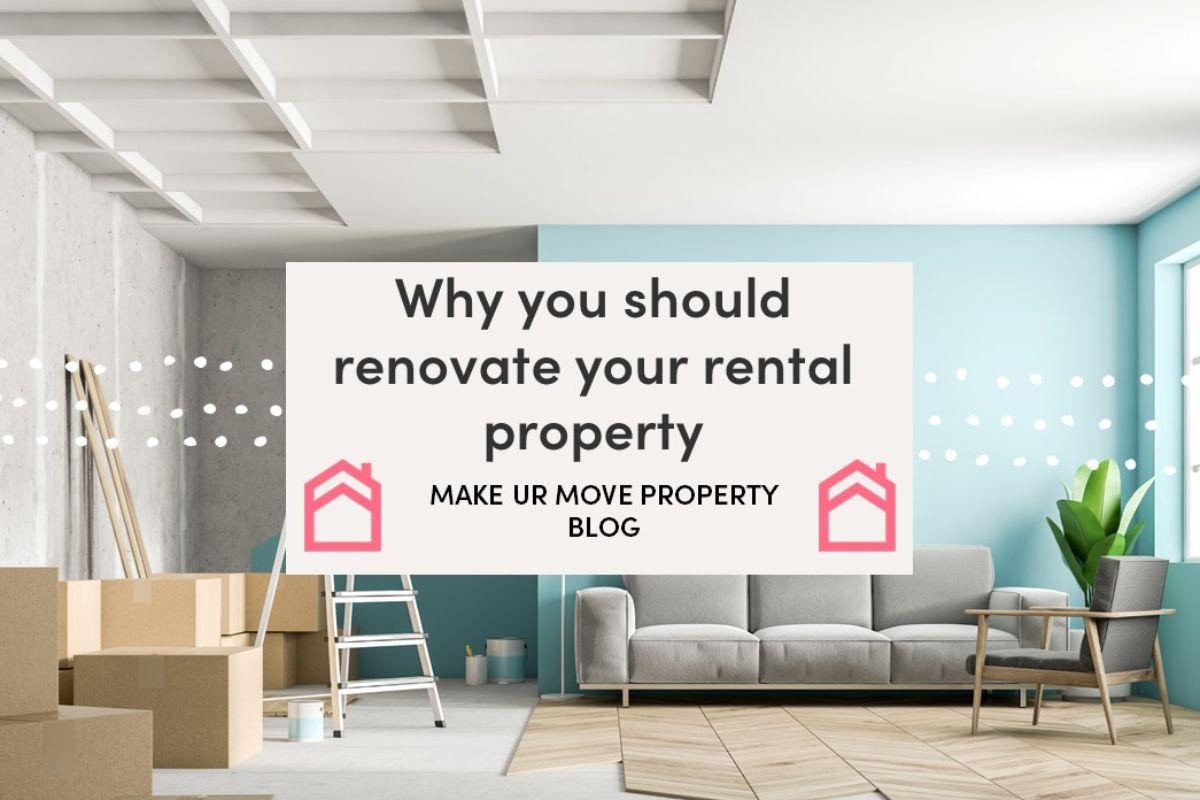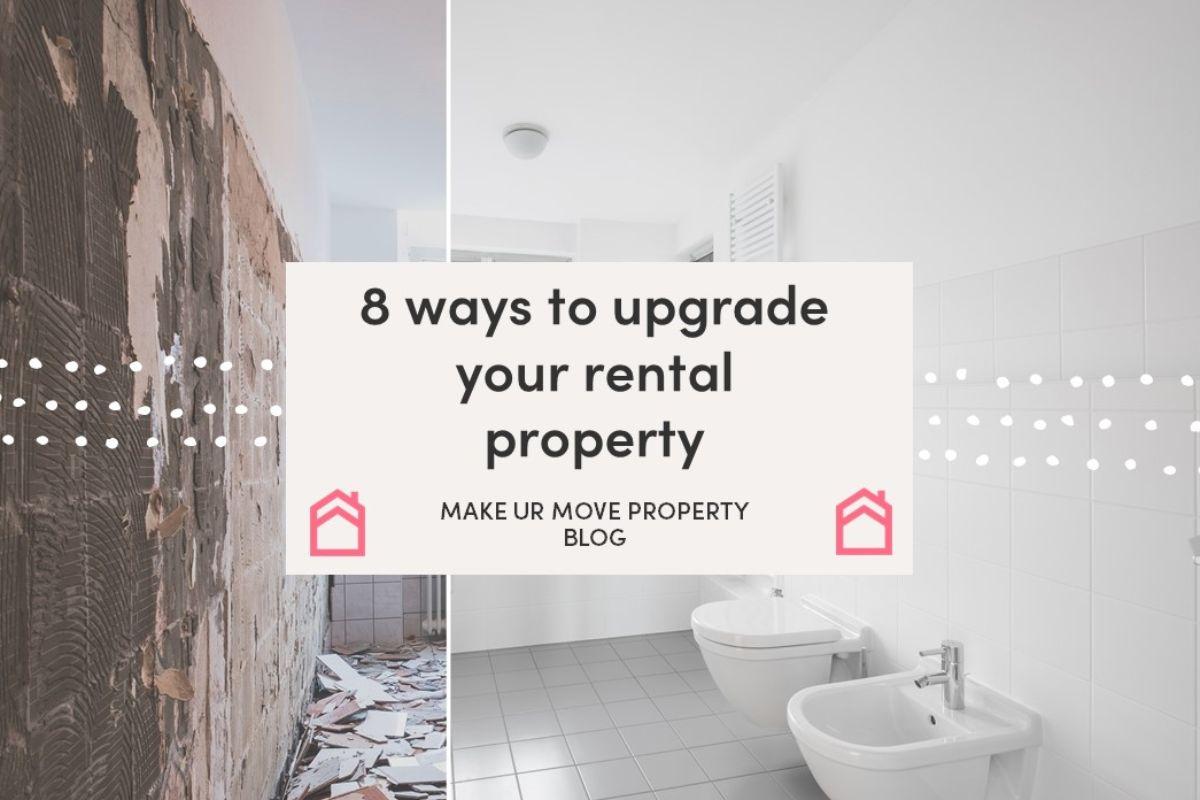
Savvy landlords know it pays to keep the condition of their rental properties up to scratch.
Offering tenants a comfortable, modern home with efficient appliances, welcoming décor and a high standard of cleanliness will increase the chances of a successful long-term let.
But just how often should you invest in improvements? Read on to discover our handy tips to help you plan your rental repairs schedule.
Understanding your landlord repairs responsibilities
First off, it’s important to know who’s responsible for what in your rental property. We’ve explored the issue in depth here.
Secondly, there are no legal guidelines about how often you need to update appliances in rentals, replace carpets or redecorate.
But you do need to ensure the property is “safe and fit for human habitation” as tenants in the UK have the right to a “safe, secure, warm and dry place to call home”.
And if you want to attract happy long-term tenants, minimise vacant periods and maximise profit, it’s common sense to give your property regular TLC.
Alongside the more obvious items, like flooring and furniture, don’t neglect those often- overlooked items: ancient extractor fans, mouldy bathroom sealant and grubby skirting boards. Paying attention to the smallest detail will all help to attract the ideal tenant.
How long should fixtures and fittings last?
The answer to this will depend largely on who your tenants are. Students living away from home for the first time may not treat your carpets quite as carefully as a single professional.
However, guidance from the Tenancy Deposit Scheme, one of the UK’s three official rental deposit protection schemes, outlines approximate lifespans:
How long should flooring last?
Top quality carpet should do its job for between eight to fifteen years, medium quality around five to eight years and low quality as little as two to four years. Keep these figures in mind when choosing carpet as the cheapest option could prove to be a false economy.
Also consider how carpet will wear quicker in some areas than others, so its lifespan should be adjusted accordingly. If you lay a low-quality carpet in a high traffic area such as the hall and stairs, don’t expect it to last more than a couple of years.
With flooring tastes shifting away from carpet, you may want to avoid it altogether. Expect jute/seagrass flooring to last up to eight years, laminate or vinyl between five to ten years and high-quality hardwood flooring to stay looking smart for between fifteen to fifty years.
As a general rule of thumb, assess the condition of the flooring in between every tenancy and respond to tenants’ feedback about any issues.
If carpet is badly damaged or stained at the end of a tenancy, you should be able to deduct the cost of a deep clean or even a replacement from their rental deposit.
But remember they can’t be charged for general wear and tear. Refer back to photographs in the inventory to assess what could be classed as damage and what reduction in quality could reasonably be expected.
How long should appliances last?
Appliances in rentals should be efficient, reliable and, as a bonus, complement each other to achieve a high spec look.
A low-quality washing machine should keep spinning for between two to five years, a medium quality one for between six to eight years and a high-quality product between nine to twelve years.
For a dishwasher, those figures change to up to five years for a basic model, up to ten years for a mid-range item and up to fifteen for one of super high quality.
Ovens, hobs and cookers should keep ticking over for between nine to fifteen years.
Again, ensure you’re meeting your landlord repairs responsibilities if any appliances go wrong and assess their condition in between tenancies.
How long should furnishings last?
As a general rule of thumb, a decent quality sofa should last at least six to eight years. If the one in your rental property gets damaged, it’s likely to be cheaper to replace rather than repair.
Expect an averagely priced mattress to stay springy for up to eight years, and curtains to look neat for between five and twenty years depending on fabric quality.
How often should landlords redecorate?
It’s every landlord’s responsibility to ensure their property is in good condition. And the standard of decoration is the basic foundation of this.
There are no official rules to follow here for your rental repairs schedule, but the Tenancy Deposit Scheme recommends redecorating every three to five years. This is based on an average size property with average levels of use. If you rent to students or busy families with young children, you may need to get your paintbrush out more often.
And giving every surface a fresh lick of paint between long-term tenancies will make the property more attractive to renters and be more welcoming when they move in to set up home.
As with all landlord repairs and updates, keep a record of exactly what you’ve done and when. It will all count in your favour if any rental deposit dispute arises.
Investing in a regular schedule of rental repairs and replacements will undoubtedly pay dividends. Give your property the care tenants demand and you’ll be giving them both the respect they deserve.
For more landlord tips and advice, explore the MakeUrMove blog.







